 Petzlover
Petzlover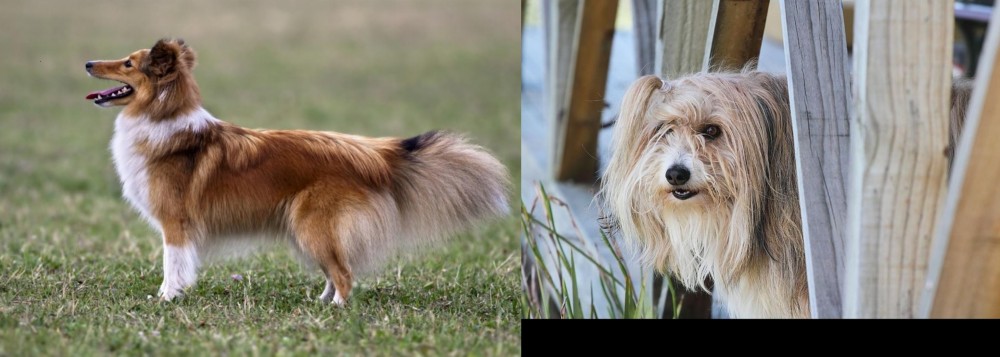 Both Shetland Sheepdog and Smithfield are originated from United Kingdom. Shetland Sheepdog may grow 12 cm / 4 inches shorter than Smithfield. Shetland Sheepdog may weigh 13 kg / 28 pounds lesser than Smithfield. Both Shetland Sheepdog and Smithfield has same life span. Both Shetland Sheepdog and Smithfield has almost same litter size. Both Shetland Sheepdog and Smithfield requires Moderate Maintenance.
Both Shetland Sheepdog and Smithfield are originated from United Kingdom. Shetland Sheepdog may grow 12 cm / 4 inches shorter than Smithfield. Shetland Sheepdog may weigh 13 kg / 28 pounds lesser than Smithfield. Both Shetland Sheepdog and Smithfield has same life span. Both Shetland Sheepdog and Smithfield has almost same litter size. Both Shetland Sheepdog and Smithfield requires Moderate Maintenance.
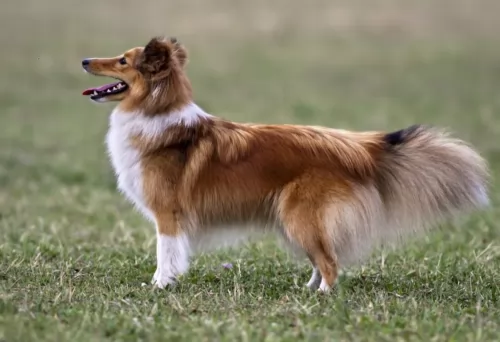 The Shetland Sheepdog was crossed with working collies and brought to the islands. They were bred on the Shetland Islands, United Kingdom.
The Shetland Sheepdog was crossed with working collies and brought to the islands. They were bred on the Shetland Islands, United Kingdom.
These little dogs have always been particularly valuable to farmers who used them to herd their sheep.
During the early 20th century other crosses occurred an in 1909 and the little dog received recognition by the English Kennel Club. The first Sheltie to be registered by the American Kennel Club was in 1911.
 The Smithfield is also known as the Smithfield, Smithy or Tasmanian Smithfield and is a herding dog found in Australia but originating in the UK. There is also the possibility that there was an Australian dog bred at a place known as Smithfield, near Texas which is just inside the Queensland border.
The Smithfield is also known as the Smithfield, Smithy or Tasmanian Smithfield and is a herding dog found in Australia but originating in the UK. There is also the possibility that there was an Australian dog bred at a place known as Smithfield, near Texas which is just inside the Queensland border.
It is thought by some that the Smithfield is extinct. The dog was first introduced to the Land Down Under in colonial times.
The Smithfield isn’t recognised by the Canine Councils, but in 1862 the first Dog Show was held in Australia.
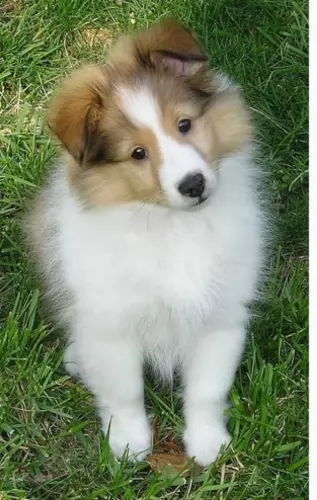 The small Shetland Sheepdog stands at between 33 to 41cm and weighs roughly between 6 and 12kg for both males and females. The long double coat of this dog sheds consistently, he will need to be brushed regularly.
The small Shetland Sheepdog stands at between 33 to 41cm and weighs roughly between 6 and 12kg for both males and females. The long double coat of this dog sheds consistently, he will need to be brushed regularly.
The coat is golden, black or a steel grey color with white. The ears are erect and the tail long and feathery and the expression on this dogs face is sensitive, alert and gentle.
Shelties make wonderful pets for their human families and are great with children too. They’re protective, making good watchdogs. They are somewhat wary around strangers.
Smart and alert, you can train this little dog plenty of tricks because he is quick to learn. They’re such agile little dogs and are great athletes. It’s always a good idea to keep such a smart little dog busy so he doesn’t become bored.
He is able to adjust to life in the city or the countryside, so long as he is kept busy, otherwise he takes to a piercing kind of bark.
 The Smithfield is a medium to large sized dog, strong and square-bodied with a wedge shaped head. Many people liken his looks to a Bearded Collie.
The Smithfield is a medium to large sized dog, strong and square-bodied with a wedge shaped head. Many people liken his looks to a Bearded Collie.
He has a rough, medium length coat. The coat has different colors such as white, black, grey or reddish brown. The coat is shaggy and in fact they are often clipped to give them a groomed look and to prevent grass and burrs clinging to the coat.
The tail of the dog can either be a natural bobtail or it could have a longer tail. When the tail is long it is carried low with an upward turn at the tip. The ears are mostly floppy and held close to the head.
He stands at between 46 to 53cm in height and weighs between 16 and 25kg. A bright, alert expression is a distinctive feature of the Smithfield.
The Smithfield is an active, robust dog and they have well balanced, stable personalities. They are often described as being laid-back.
You won’t find any signs of shyness or aggression with these dogs and they are known to be gentle and calm. They are self confident and well adjusted and also hard working.
They are devoted and loving to their human family and are also intelligent. When they’ve been trained and socialized they make splendid family pets, wonderful with children, just loving to run and play. These are dogs you can rely on to be consistent in nature.
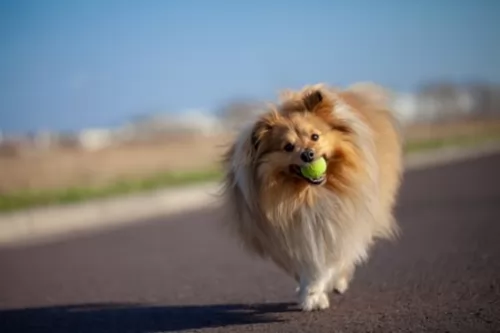 You’re certainly not going to have one dull moment with the Shetland sheepdog – its such a lively, intelligent, entertaining, playful and also eager to please - that's your Sheltie.
You’re certainly not going to have one dull moment with the Shetland sheepdog – its such a lively, intelligent, entertaining, playful and also eager to please - that's your Sheltie.
They also have a gentle, quiet side. They love the company of their human family and are able to adapt to life in the city or countryside, so long as he gets lots of attention and exercise.
They’re highly strung dogs, and an excitable child can get them barking in a high pitched way which wont be good if you live close to your neighbors.
Shelties are essentially peaceful dogs who prefer a home where its quiet and orderly. If you give this dog what it needs, just like you would for any family member of yours, you’ll be blessed with an awesome pet and companion.
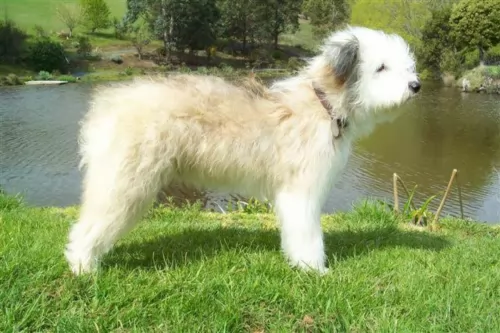 Those who have owned a Smithfield love them and say that once you’ve owned one, you’ll want another.
Those who have owned a Smithfield love them and say that once you’ve owned one, you’ll want another.
These easy going dogs have all the characteristics necessary to ensure a good pet, playmate and companion. They are devoted to their human family, and given the chance will become a very special 4-legged member of any family who appreciates the friendship a such a dog offers.
 Every dog, no matter how healthy, can succumb to any one of the many dog illnesses there are.Some of the dog illnesses to look out for include cancer, bloat, ear infections, dental problems, hypothyroidism, skin allergies and obesity among others.
Every dog, no matter how healthy, can succumb to any one of the many dog illnesses there are.Some of the dog illnesses to look out for include cancer, bloat, ear infections, dental problems, hypothyroidism, skin allergies and obesity among others.
This illness occurs when the dog’s body doesn’t maintain sufficient levels of thyroid hormones. Your pet will be sensitive to the cold, the thick hair will be thinning and there will be weight gain. It will be wise to have your dog checked out by your vet as this is an ailment which can be managed with medication.
This is an inherited condition that can lead to blindness in some dogs. It can occur in both eyes. It can be diagnosed by your vet but regrettably there is no treatment. Not spaying or neutering your dog will mean that if the have puppies the gene can be carried down to the puppies.
This is an inherited disorder that can cause skin lesions but also affect the muscles. Skin lesions can appear on the head and the front legs and there can be hair loss.
 These dogs enjoy exceptional good health and can reach between 10 and 14 years of age.
These dogs enjoy exceptional good health and can reach between 10 and 14 years of age.
You have to be careful with your pet however, because there are quite a few common dog illnesses that can plague your pet, and we look at a few -
This is caused by a contagious virus. Infected dogs develop symptoms such as runny eyes, fever, coughing, vomiting and even seizures. Unfortunately this disease is often fatal. There is luckily a vaccine against it and it is highly recommended for your pet.
Also a very contagious disease which attacks the gastrointestinal system, causing fever, vomiting and diarrhea. It is often spread by contaminated stools and feeding utensils of dogs. Many dogs die from parvo but there is also a vaccine against it.
This is terrible for your pet and is a huge risk for dogs during Summer. Never leave your pet in a car unattended, especially on a hot day. Remember that stub-nosed dogs such as Boxers, Pugs, Bulldogs and Boston Terriers are more prone to respiratory problems and heat can be deadly for them.
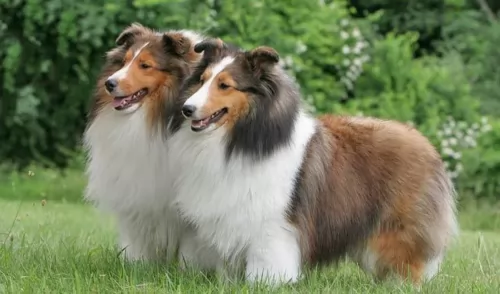 These little dogs have always been farm dogs and they will need a lot of exercise. Even so, with their small size, they can adapt to life in the city or the countryside, but will always need exercise.They love going for walks and playing games with the kids.
These little dogs have always been farm dogs and they will need a lot of exercise. Even so, with their small size, they can adapt to life in the city or the countryside, but will always need exercise.They love going for walks and playing games with the kids.
Your Sheltie will need brushing every day because the hair can so easily pick up leaves, twigs and burrs. In the warmer months some people prefer to trim the coat themselves or take the dog along to a professional groomer.
It is best to feed adult dogs two meals a day instead of one. One can make your dog want to gobble up his food too quickly and this can result in a life threatening condition known as bloat.
How much any adult dog eats will depend on his size, his age and his activity levels.The quality of dog food you buy also makes a huge difference – the better quality the food, the more satisfied your Sheltie will be.
Some of the best commercially manufactured dog foods are convenient and they can be good if you go with the best brands that have high levels of vitamins and minerals in them. Dry kibble can be made more enticing when you add some homemade food into it.
Boiled chicken, sweet potatoes, brown rice or pasta, carrots and spinach will do him the world of good. Chop it up and add small portions to the kibble about twice a week. His wagging tail and prancing antics will be all the thanks you need.
Some raw meat added in occasionally will also contribute to your pet’s heath. Make sure he is never without a constant supply of fresh, cool water.
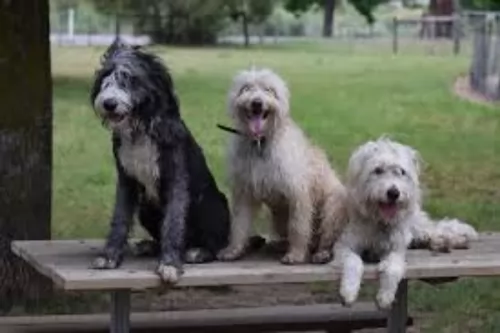 The Smithfield has plenty of energy and loves nothing more than lots of games with the children. He will also look forward to a walk every day as well as other activities.
The Smithfield has plenty of energy and loves nothing more than lots of games with the children. He will also look forward to a walk every day as well as other activities.
When it comes to grooming, you can save money by grooming your dog at home. Whether you have your pet’s hair cut or you leave it as is, get into the habit of brushing the fur at least twice a week. You can speak to your vet or groomer and get advice on what comb of brush to use on your Smithfield.
It you want to cut your pet’s hair, it is important to use the right equipment so you don't accidentally injure him. Certainly if you feel unsure about shaving your dog at home, leave this grooming aspect to the experts.
Check your pet’s eyes. They must be clear and bright. Check inside his mouth for bad teeth. Check inside his ears to make sure they aren’t red with infection.
Your Smithfield is relying on you to provide him with good food. For convenience, it is always a good idea to have a packet of the best dry kibble there is. Check out the label and make sure to buy one that has a good balance of vitamins and minerals.
Give him some tasty homemade food too. Remember to keep it plain and simple. Boiled chicken, brown rice or pasta and spinach, sweet potatoes and carrots are nutritious and tasty. This food can all be chopped up and small portions added to the dry kibble twice a week as a treat.
You’ll never have to worry about digestion problems with your dog. A little bit of raw meat can also go a long way to ensuring his skin stays healthy and free of skin infections. Ensure that he has a constant supply of fresh, cool water.